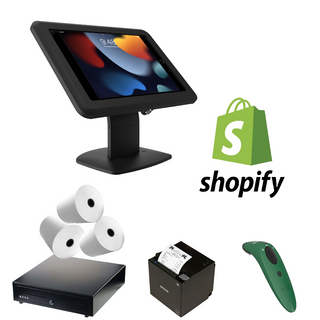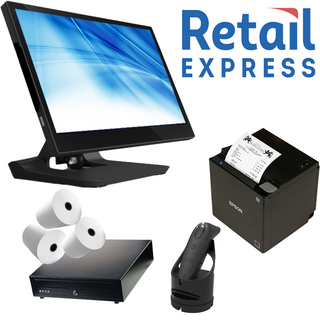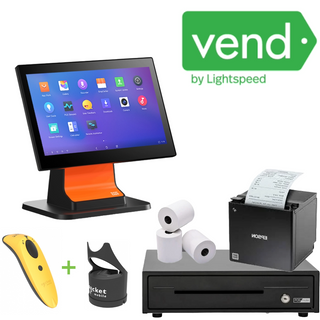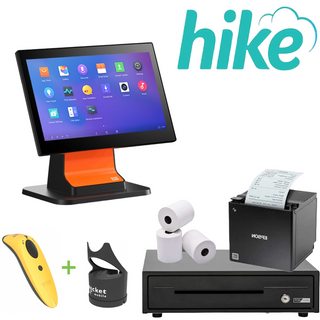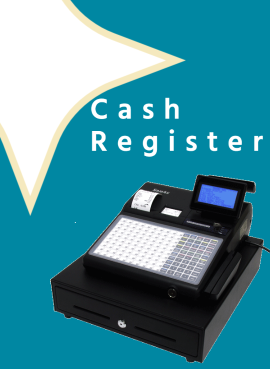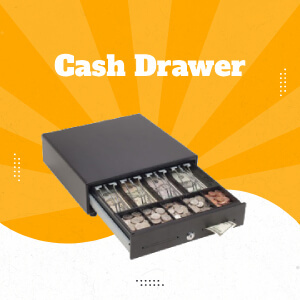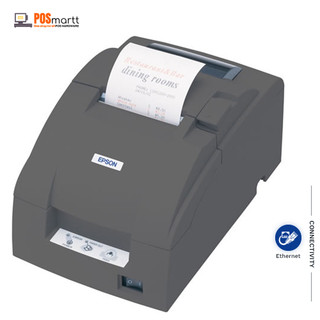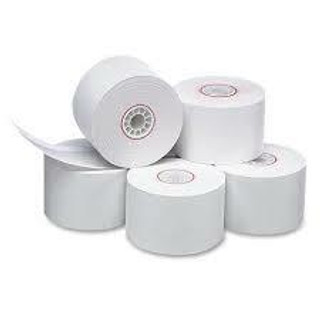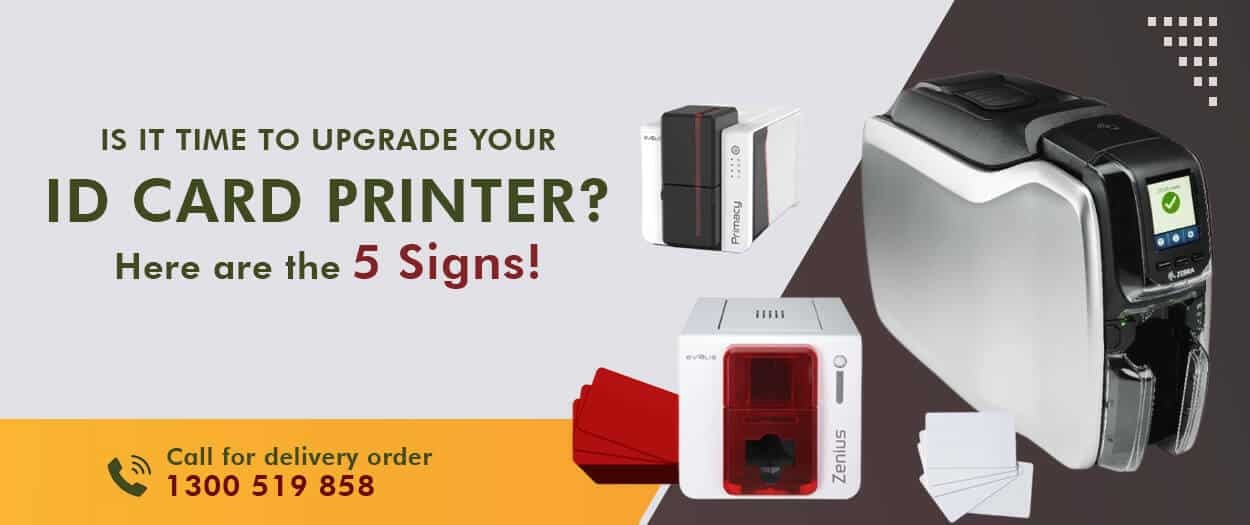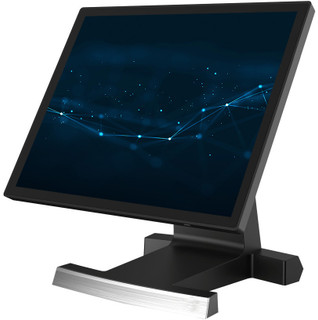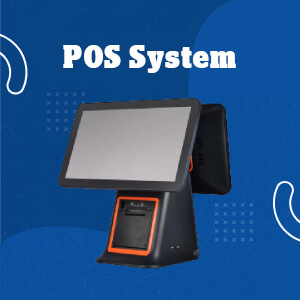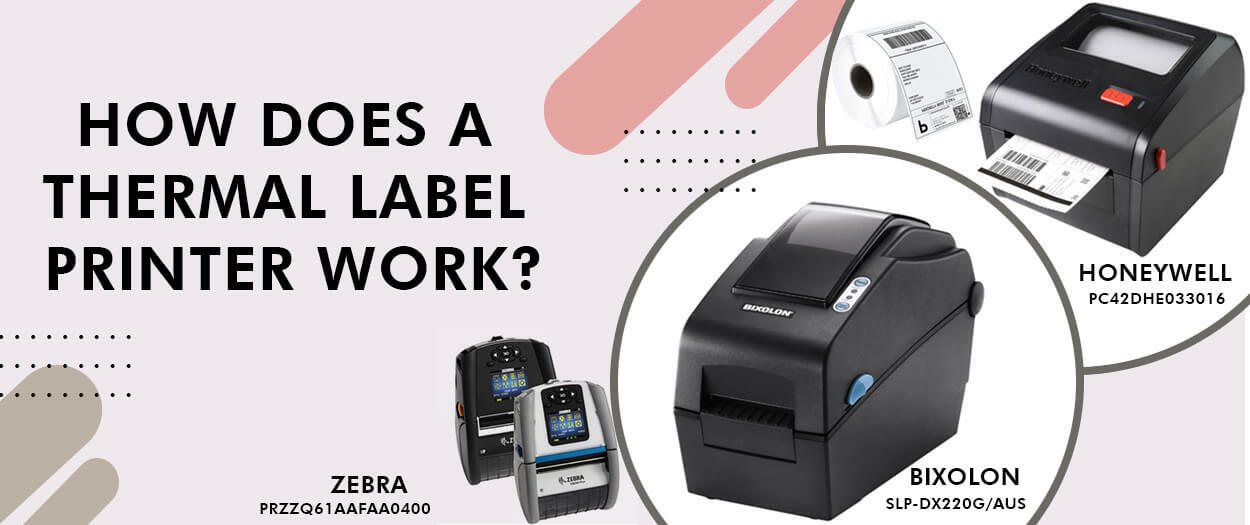How Does a Thermal Label Printer Work?
Ever wondered how those crisp shipping labels or price tags magically appear at the touch of a button? The secret lies in the fascinating world of thermal label printers. These little workhorses are a staple in countless industries, from bustling warehouses to cozy craft studios. But how exactly do they translate digital data into those clear, printed labels? Let's peel back the layers and discover the magic behind thermal label printers.
The Thermal Printhead is The Heart of the Machine
Imagine a tiny army of heated pins arranged in a precise grid. This is the essence of a thermal printhead, the core component of a thermal label printer. Each pin acts like a microscopic heating element, controlled by a digital signal from the printer. It's like a miniature dot matrix printer, but instead of using ink, it relies on heat to create the image.
Two Types of Thermal Printing: Direct Thermal and Thermal Transfer
Thermal label printers come in two main varieties, each with its own approach to creating a lasting impression:
Direct Thermal Printing
This method is all about the label itself. Direct thermal labels are coated with a special heat-sensitive layer that reacts to the printhead's touch. When a heated pin presses against the label, the coating undergoes a chemical reaction, typically turning black. This creates the desired text, image, or barcode. Direct thermal printing is known for its speed, simplicity, and cost-effectiveness. However, the prints can be susceptible to fading over time, especially with exposure to heat and light.
Thermal Transfer Printing
This method offers a more durable solution. Thermal transfer printers utilize a ribbon coated with a waxy or resin-based ink. The printhead heats up specific sections of the ribbon, causing the ink to melt and adhere to the label material. This method produces sharper, more resistant prints that can withstand harsh environments and prolonged use. While slightly slower and requiring ribbon replacements, thermal transfer printing is ideal for applications demanding long-lasting labels.
The Printing Process: From Data to Label
Here's a glimpse into the remarkable journey that transforms digital information into a tangible label:
- Sending the Job: You create your label design on your computer, whether it's a simple address or an intricate barcode. This digital file is then sent to the printer.
- Data Decoded: The printer receives the data and interprets it, understanding where to place each element on the label.
- Heating Up: The printhead springs into action. Individual pins heat up based on the data received, creating a precise pattern of heated dots.
- Direct Thermal Magic (For Direct Thermal Printers): If it's a direct thermal printer, the heated pins come in direct contact with the label. The heat activates the special coating, causing it to darken and reveal the desired image.
- Thermal Transfer Trickery (For Thermal Transfer Printers): In thermal transfer printers, the heated pins don't touch the label directly. Instead, they melt the ink on the ribbon, which then gets transferred onto the label material, creating a more permanent image.
- Feeding and Cutting: The printed label is then fed out by a roller mechanism, and a cutting blade precisely severs it from the label roll, ready for use.
What Are Some Special Features of Thermal Label Printers?
Modern thermal label printers boast impressive features that enhance their functionality:
- Adjustable Printing Resolution: Higher resolutions create sharper, more detailed images and barcodes, crucial for applications like high-density product labeling.
- Media Compatibility: Some printers can handle a variety of label materials, from standard paper to fabric and synthetics, catering to diverse needs.
- Connectivity Options: Printers connect via USB, Ethernet, or even Wi-Fi, allowing for seamless integration into your workflow.
- Label Peeling Mechanisms: For high-volume printing, automatic label peeling features can significantly boost efficiency.
Applications of Thermal Label Printers
The versatility of thermal label printers makes them invaluable across various industries:
- Retail: Price tags, inventory labels, and barcode generation for efficient product management.
- Shipping and Logistics: Crystal clear shipping labels with barcodes ensure smooth package delivery.
- Healthcare: Durable patient identification labels and medication labels.
- Manufacturing: Component labels, asset tracking tags, and quality control labels.
- Event Management: Badge printing and ticket creation for seamless event access.
Thermal label printers are a reliable and efficient way to print labels. Their simple yet effective printing process, fast speed, and cost-effectiveness make them a popular choice for businesses and individuals alike. So the next time you use a label printer, remember the heat transfer process that creates those perfectly labeled packages and files.
Easter is just around the corner, and with it comes the excitement of spending time with loved ones, indulging in delicious treats, and of course, the joy of hunting for Easter eggs. But amidst all the festivities, let's not forget the great deals that come along with this holiday season. And if you're in the market for a label printer, then you're in luck! POS Martt has some amazing Easter deals on label printers that you definitely don't want to miss out on.





